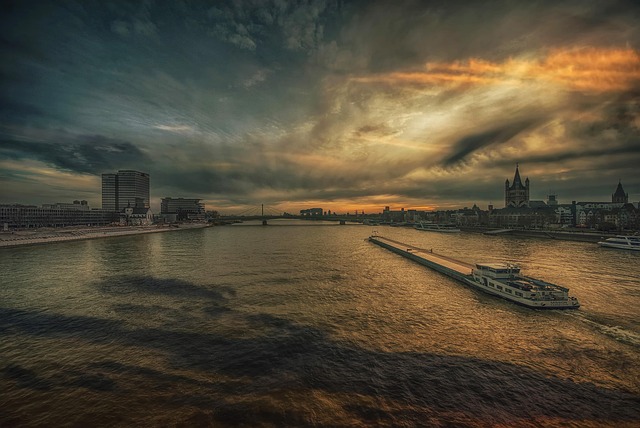In the world of photography, the quest for the perfect shot often leads us down the winding paths of exposure, light, and shadow. One of the challenges that photographers encounter, especially at high ISO levels or in low-light situations, is noise. It can mar an otherwise stunning image, leaving behind a grainy texture that detracts from the intended beauty. This is where noise filtering becomes not just a technical necessity, but an art form in itself.
Imagine capturing a breathtaking sunset over a tranquil lake, the colors of the sky reflecting brightly on the water’s surface. You’ve adjusted your camera settings, meticulously aimed your lens, and framed the shot to perfection. Yet, when you review the photo, you’re greeted with an unwelcome participant: noise. It’s a disheartening moment that can shipwreck even the most passionate of photographers. But fear not; mastering the art of noise filtering can elevate your work from merely good to truly spectacular.
Understanding noise in photography is essential. It is often more pronounced in images taken at higher ISO settings, where the camera sensor struggles to process light effectively. The electronic noise interferes with the natural vibrancy of colors and the clarity of details, transforming photos into something less than your vision. That’s when effective noise filtering techniques come into play, enabling photographers to preserve the essence of their images.
First and foremost, proper exposure is crucial. Taking the time to understand the exposure triangle—aperture, shutter speed, and ISO—will enhance your ability to capture images with minimal noise. A lower ISO setting, while sometimes limiting in low light, can produce images with remarkable clarity. When your exposure is spot on, the need for post-processing noise filtering diminishes significantly.
When it comes to post-processing, a myriad of software options can help remove unwanted noise while retaining image quality. Programs like Adobe Lightroom and Photoshop feature noise reduction algorithms that allow careful adjustment without sacrificing detail. Utilizing these tools, you can selectively apply noise filtering to specific areas, allowing you to maintain sharpness in the focal points of your photography while softening the noise in the background.
Beyond software solutions, don’t overlook the importance of good optics. A quality lens can help reduce the amount of noise generated when capturing an image. Optimizing your camera’s settings and investing in glass that produces cleaner, sharper images can alleviate the problems associated with noise. High-quality lenses often provide better low-light performance, keeping the noise at bay.
In addition, consider shooting in RAW format. RAW files capture more image data than JPEGs, allowing for more flexibility during editing, including noise reduction adjustments. This means that you can target the noise specifically while keeping the richness and depth of the photograph intact. A RAW image gives you the canvas needed for noise filtering without losing essential details.
Moreover, familiarize yourself with the concept of ‘noise profiles.’ Different cameras and shooting conditions produce unique noise patterns, and understanding these can help you choose the right approach to noise filtering. Experimentation will give you insights into how various settings impact your images, ultimately fine-tuning your skills and enhancing your photography.
Finally, never underestimate the power of practice. As with any art, the more you shoot, the better your understanding of how to combat noise will become. Challenge yourself in various lighting situations and watch how your comfort in controlling exposure impacts the noise levels in your images. Photography is a continuous journey, and mastering noise filtering is an integral part of that path towards creating unforgettable images.



